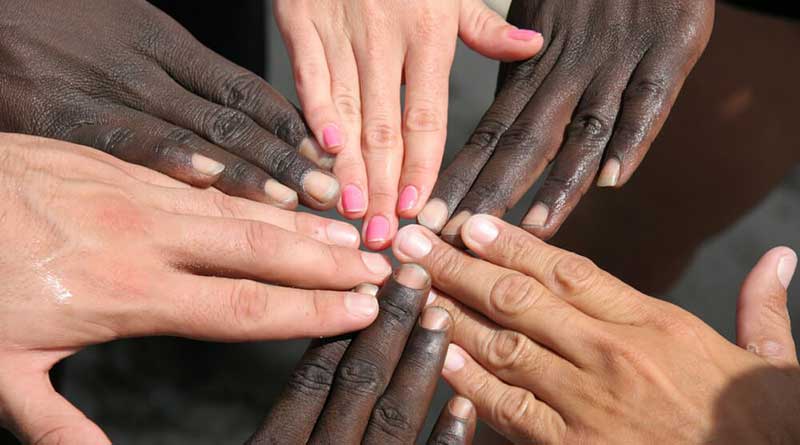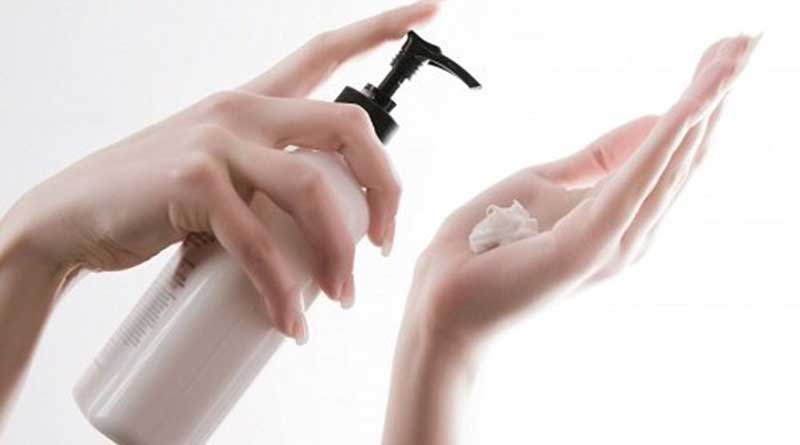It’s already summer and you’re excited to show your belly on the beach or the pool, right? It is the best time to show your pregnancy and take pictures that are left for the memory. However, you should be careful to expose yourself too much to the sun at this stage, as not having good sun protection during pregnancy can cause important consequences.During pregnancy, the skin becomes more sensitive. It is common for there to be hyperpigmentation, or an increase in the melanin present in the skin. Therefore, details such as spots, moles or scars that perhaps went unnoticed at another time, will now be noticed more.The melanin, the natural pigment of the skin, occurs in greater quantities during the pregnancy period. Until now, an exact cause for this overproduction of pigment in the skin is not known. A greater amount of melanin will make you more prone to suffer from skin blemishes, or the well-known “mask of pregnancy.”
Stains and marks on the skin
The pregnant woman’s skin, especially in the belly area, is exposed to drastic changes. The increase in melanin causes the color of moles, spots and scars to darken. The color of the line that crosses the belly from the navel to the pubis also darkens. The areas of the nipples, armpits and neck folds likewise become darker. And, although it is a manifestation that should disappear after childbirth, sun protection during pregnancy can help prevent it from remaining after it.In this stage you will notice more spots that appear on the face after a long exposure to the sun. In addition, it is not only about protecting the skin for aesthetics. Insolation, in addition to causing injuries and burns, can cause dizziness and fever, situations that the pregnant woman should avoid.It is also important to protect the area of the belly and breasts during the pregnancy period, because these usually increase drastically their size. The latter causes the appearance of marks and stretch marks. This possibility is minimized if the skin is moisturized and protected, so you can stretch with less consequence.The skin after tanning can be dry and lose flexibility, so they increase the chances of leaving marks. In addition, in case you can not avoid stretch marks, if they are not exposed to the sun they will not be lighter or darker than the mother’s skin and may be better concealed.
The areas of the nipples, armpits and neck folds likewise become darker. And, although it is a manifestation that should disappear after childbirth, sun protection during pregnancy can help prevent it from remaining after it.In this stage you will notice more spots that appear on the face after a long exposure to the sun. In addition, it is not only about protecting the skin for aesthetics. Insolation, in addition to causing injuries and burns, can cause dizziness and fever, situations that the pregnant woman should avoid.It is also important to protect the area of the belly and breasts during the pregnancy period, because these usually increase drastically their size. The latter causes the appearance of marks and stretch marks. This possibility is minimized if the skin is moisturized and protected, so you can stretch with less consequence.The skin after tanning can be dry and lose flexibility, so they increase the chances of leaving marks. In addition, in case you can not avoid stretch marks, if they are not exposed to the sun they will not be lighter or darker than the mother’s skin and may be better concealed.
Sunscreen during pregnancy
There are two types of UV rays that we must protect ourselves from when exposed to the sun. The UVA, which tan but are risky, because they reach the deepest of the skin. And UVB, which penetrate less into the skin but cause burns. In this case, the sun protection during pregnancy must respond to both radiations to run less risk.The sun protection factor (SPF or SPF) determines how strong the skin’s defense against UVB rays is, but not to UVA. For this reason, when choosing a sunscreen, it is important to check that it has a broad spectrum of protection for both types of ultraviolet rays.Although the use of sunscreen is recommended throughout the year, pregnant women should take special precautions when exposing themselves to the sun, such as:
- Use sunscreens of more than 30 FPS authorized by the treating physician.
- Verify that the sunscreen is broad spectrum.
- Choose a sunscreen that is resistant to water and sweat.
- Protect yourself with hats and glasses.
- Try to stay as long as possible under shade.
- Avoid long exposures to the sun, both to protect the skin and to avoid dizziness and fainting.
- Do not expose yourself to the sun during midday.
- Apply the sunscreen every hour or after bathing in the beach or pool.














